Sturgeons are fascinating, ancient fish that have lived on earth for around 200 million years. Unfortunately, almost all species are threatened with extinction in the wild; the main reason is – as always – habitat destruction. As sturgeons have a complex migratory behavior and most species live partly in the sea and partly in fresh water, they are particularly vulnerable to environmental disturbance, as they need many different habitats to remain intact. In addition, sturgeon eggs (caviar) are a popular delicacy. As adult females are killed during spawning migration before they have had a chance to reproduce, this type of fishing is particularly destructive. For decades, sturgeons have therefore been kept in aquaculture in order to be independent of the constantly dwindling wild populations for meat and caviar production. As a by-product of this aquaculture, young sturgeon of various species are always sold in the pet trade in spring, during the garden pond season. Their shark-like swimming style and sometimes their beautiful appearance are fascinating and tempt many a fish lover to buy them. It should always be borne in mind that sturgeons grow large. The smallest species available in the trade is the sterlet (Acipenser ruthenus), which grows to around 60 cm in length (see: https://www.aquariumglaser.de/en/fisharchive/acipenser-ruthenus-2/).
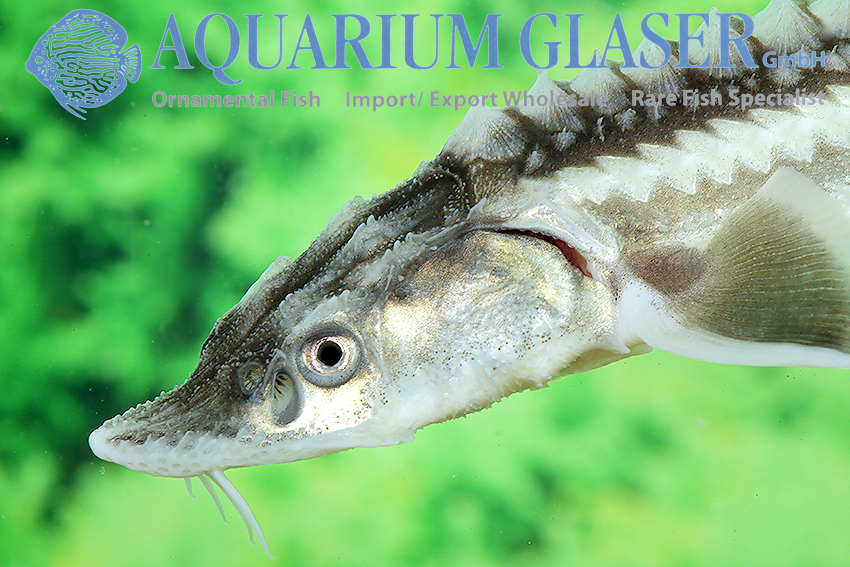
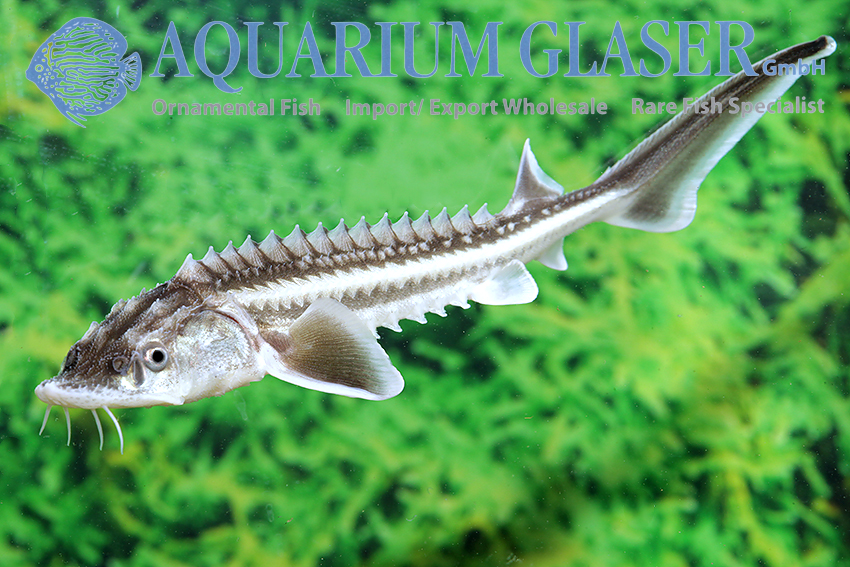
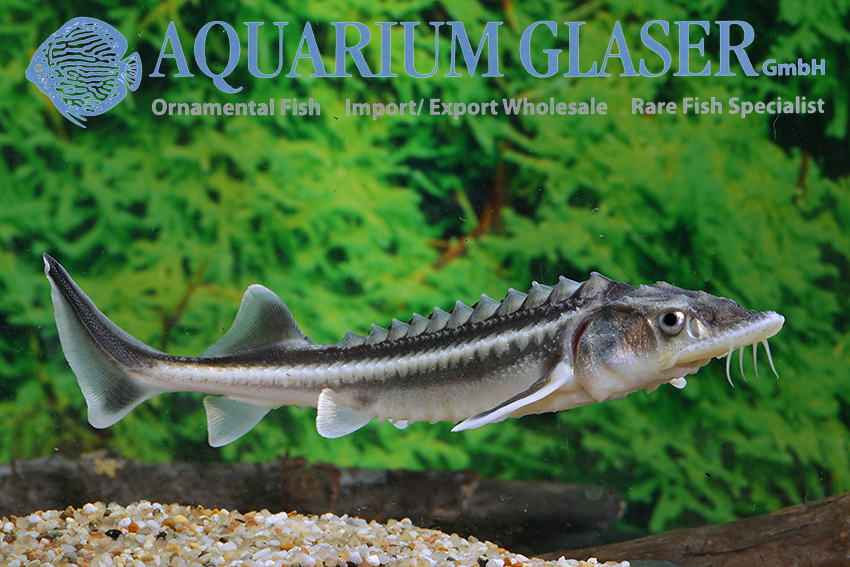
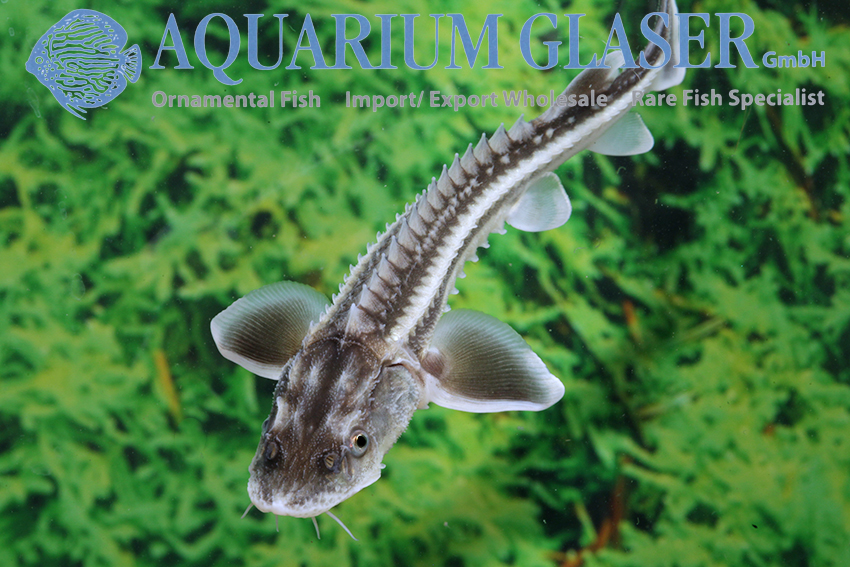
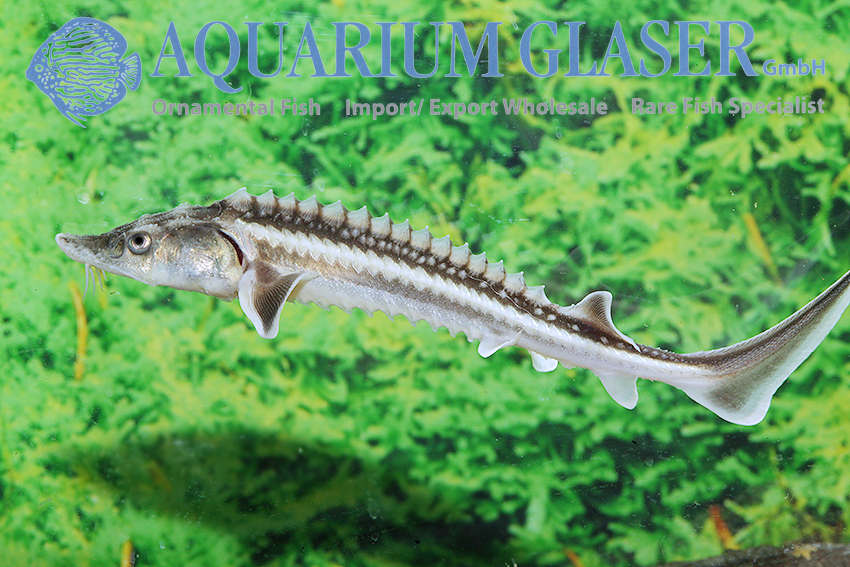
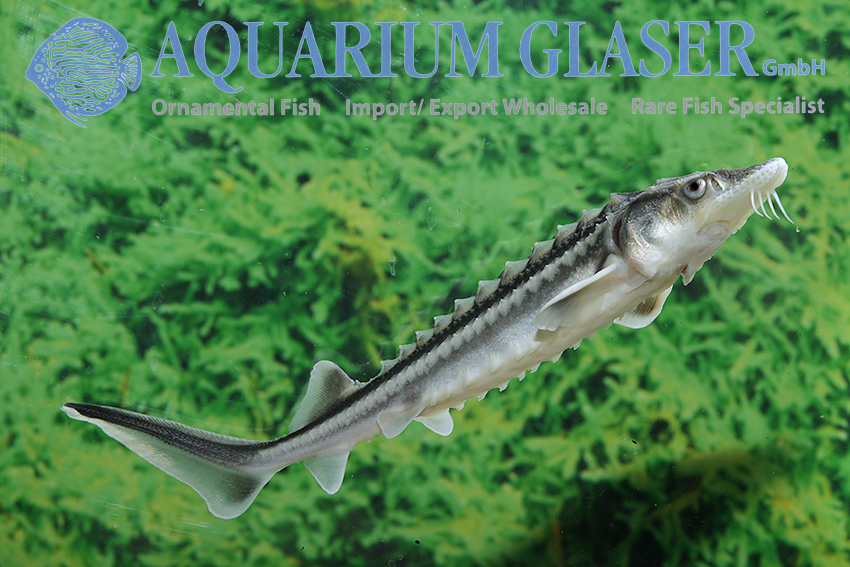
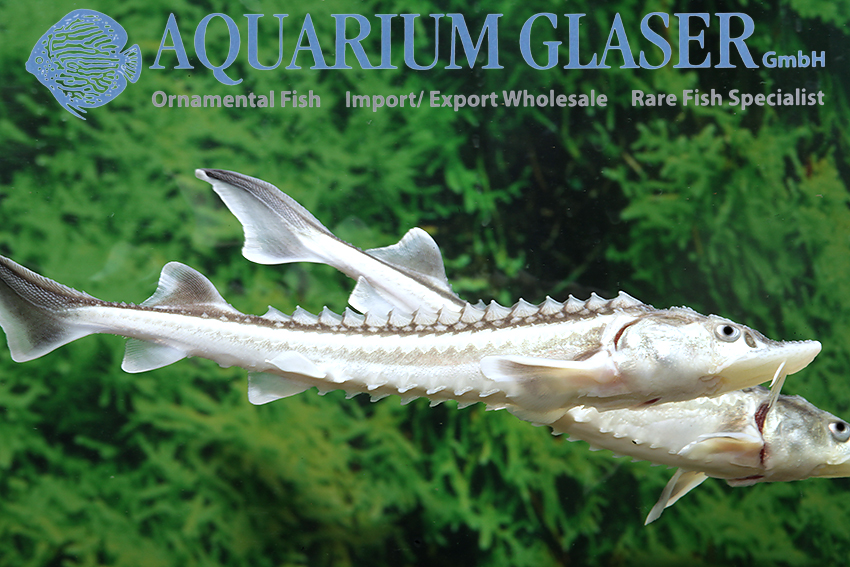
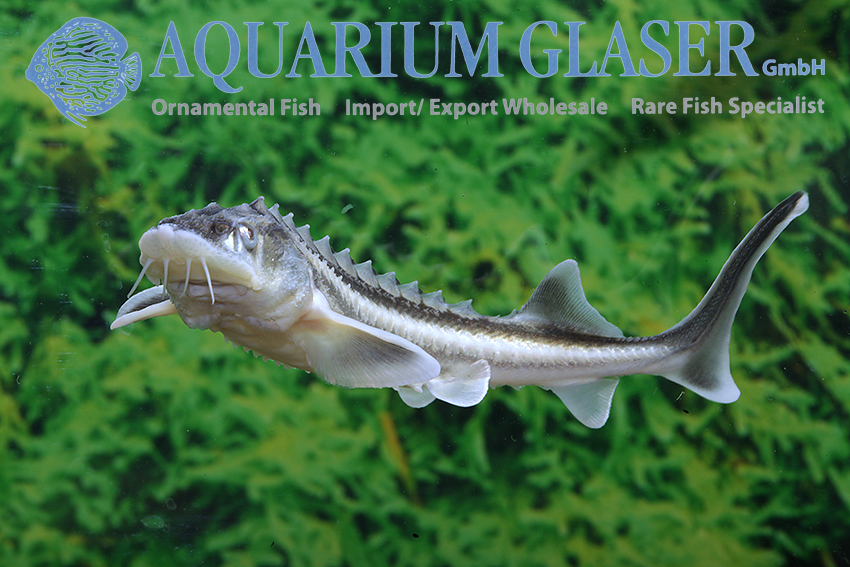
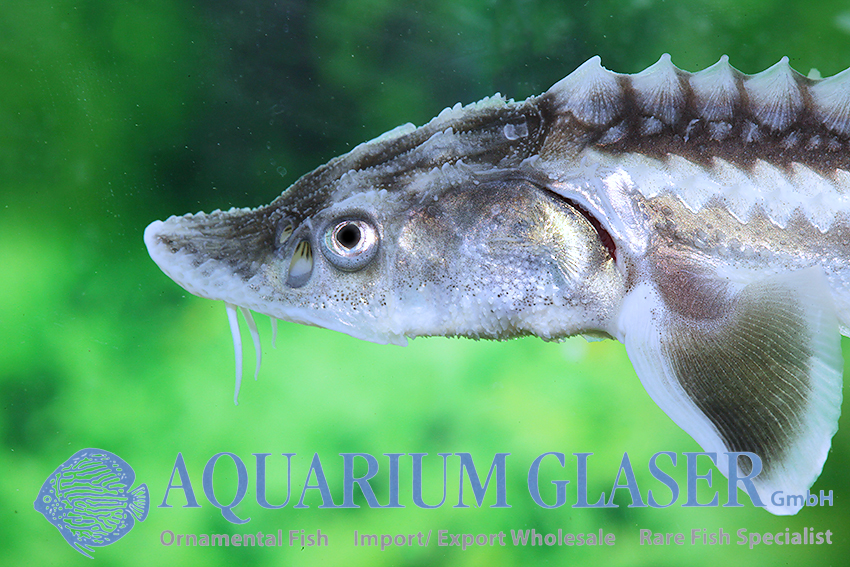
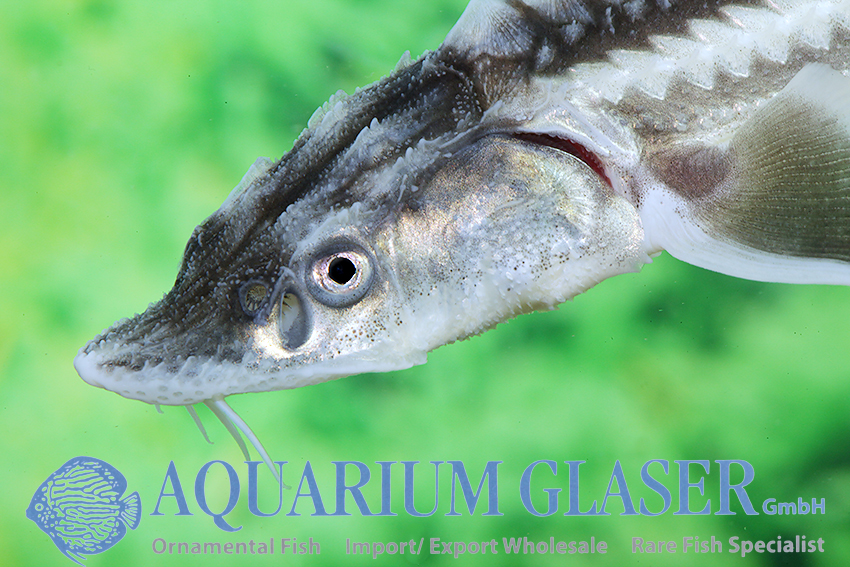
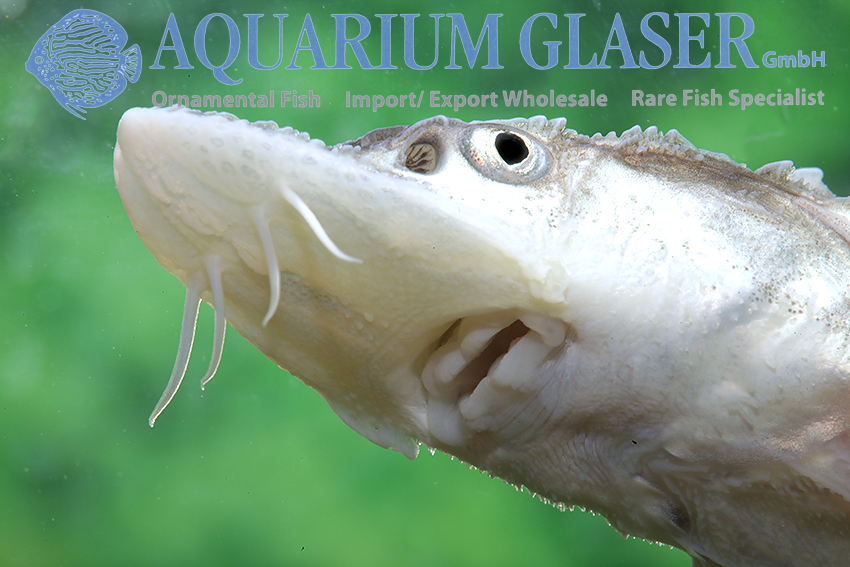
Acipenser gueldenstaedtii is a medium-sized species with a maximum length of 2.3 m and a weight of over 100 kg. It originates from the Black Sea and its tributaries and is popularly known as the Waxdick or Russian sturgeon. However, the latter name often leads to confusion with A. baerii (Siberian sturgeon), which is why Waxdick should be preferred. Even though the Waxdick is usually a migratory fish in nature, it can remain in freshwater for its entire life; there are also stationary freshwater populations of the species in nature. Due to its particularly contrasting coloration, the Waxdick is one of the most beautiful sturgeons. Due to its expected size (around 150 cm is normal), it is only suitable for large ponds. If you want to keep sturgeons, you should read a good book to find out more about these very special animals, which can live for 50 years or more.
Please note that animals and plants sold in pet shops are intended exclusively for stocking aquariums and garden ponds. Under no circumstances should they be released into the wild, even (and even more so) if they are threatened with extinction! This will only cause great harm and will not have a positive effect.
For our customers: the animals have code 800503 (15-20 cm) on our stock list. Please note that we only supply the wholesale trade.
Text & photos: Frank Schäfer




